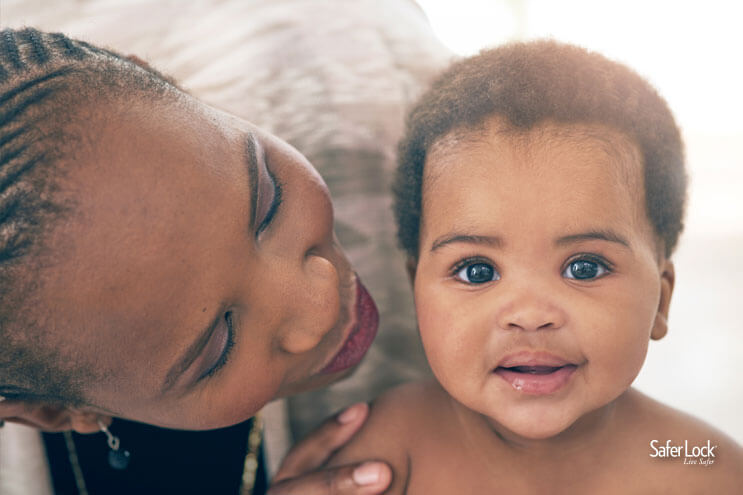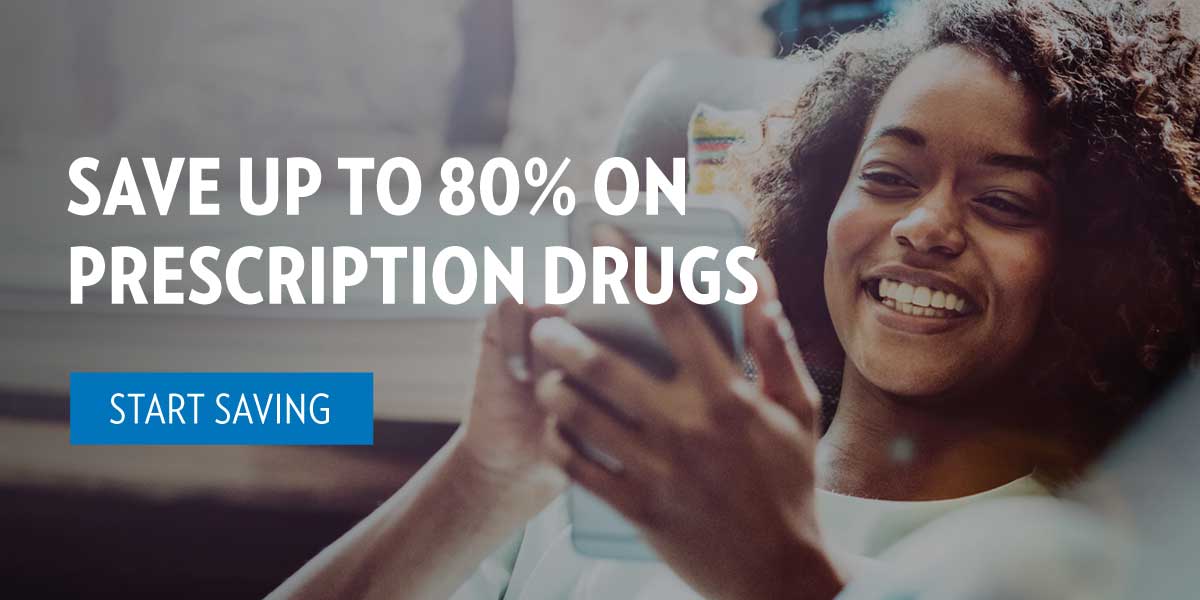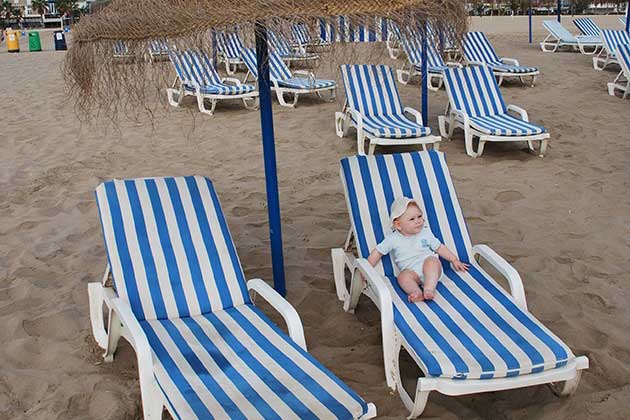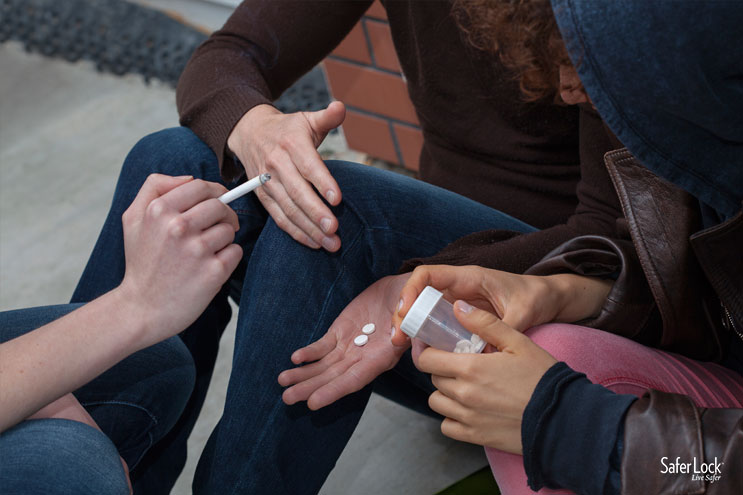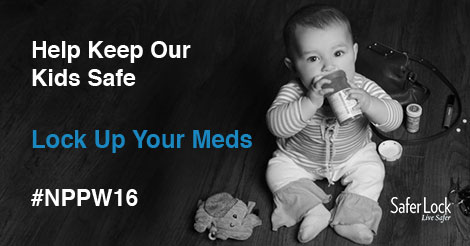Little ones are curious, and they explore their world through touch and taste. You may have marveled at your baby’s flexibility when he or she pulled toes to mouth for a quick taste test. Yucky – yes – and quite typical for an inquisitive little one. As children get older, they are especially captivated by things that look like toys or candy. That’s why little children are at such risk for accidental poisoning from everyday household objects and medications.
Tide’s “Laundry Pod” Campaign Aims to Prevent Product Poisonings
Tide detergent recently launched a radio and TV campaign to keep their colorful and highly-concentrated laundry packs out of the reach of children. The company is even promoting a new product, the Tide PODS Child-Guard™ Pack to help “keep your little ones safe.” The pack makes it hard for little fingers to open the container full of detergent packs. The effort and dollars devoted to this campaign may make you wonder just how big a problem this is, anyway?
It’s big.
The American Association of Poison Control Centers (AAPCC) reports that through November 30, 2016, the 57 poison centers across the country had received reports of 10,673 exposures to highly concentrated packets of laundry detergent by children five and younger. The term “exposure” doesn’t necessarily mean poisoning or overdose. Instead, it means the a child has had contact with the substance in some way; for example, ingested, inhaled, or absorbed through the skin or eyes.
The AAPCC fact sheet on laundry detergent packets reports that some young children who put these small packets into their mouths and swallowed some of the detergent become very ill and were hospitalized. Others have gotten it into their eyes, causing severe irritation.
Typically, swallowing laundry detergent causes just a mild stomach upset, or perhaps no symptoms at all. But poison center experts say the new highly- concentrated single load laundry packets seem to be different. Some children exposed to them have experienced excessive vomiting, wheezing and gasping. Some have become very sleepy. Some have had trouble breathing, requiring a ventilator to help them breathe.
What Other Potential Poisons Lurk in Your Home?
Your home is harboring some pretty hazardous potential poisons: detergent, rodent poison and pesticides, alcohol, hand sanitizer, paint, cleaning products, and more. But exposure to medications (including vitamins) represents the greatest area of poisoning risk to children ages five and under.
According to the 2017 National Poison Data System Annual report, the top 5 causes of poisonings include:
- Analgesics (pain relievers)
- Household cleaning substances
- Cosmetics/ personal care products
- Sedatives including hypnotics and antipsychotics
- Antidepressants
The most dangerous substances in your home could be lurking in your medicine cabinet. 86.3% of poisoning fatalities in 2017 involved pharmaceutical substances.
The organization Up and Away, working in association with the Centers for Disease Control and Prevention (CDC), reports that approximately 60,000 young children are brought to the emergency room each year because they have gotten into medicines that were left within reach.
So, ask yourself now: Are all of your medications (including vitamins) stored safely? Medications might be in your home, your purse, your pocket or your car, or other places vulnerable to an inquisitive child. Remember that many medications look like candy to young eyes, and it only takes a minute….
Accidental Child Poisonings are Increasing as our Opioid Epidemic Grow
An analysis of the data from the National Poison Data System (NPDS) indicates a year-over-year increase in the number of poisonous events involving opioids (otherwise known as “narcotics”), other painkillers and sedatives. The Centers for Disease Control has drawn the same conclusion: Our nation’s dependence on opioids has created a growing public health problem “downstream” when these pills fall into the wrong hands.
So What Can You Do to Prevent Poisoning in Your Home? Start Here:
Use this checklist from Up and Away to help you survey your surroundings and keep medications out of reach of young children. And remember that everyone plays a role in preventing child poisonings. That applies in spades to Grandma and Grandpa, who may not be aware of the risks posed by medications that might save their lives but could be deadly in the wrong, little hands.
About the Author:
Communications strategist Susan Lyte King integrates strategic business communications, evidence-based coursework in psychology, addiction and recovery, positive youth development and on-line journalism. She believes in the power of prevention and is a proud co-founder of Pathway to Prevention.
